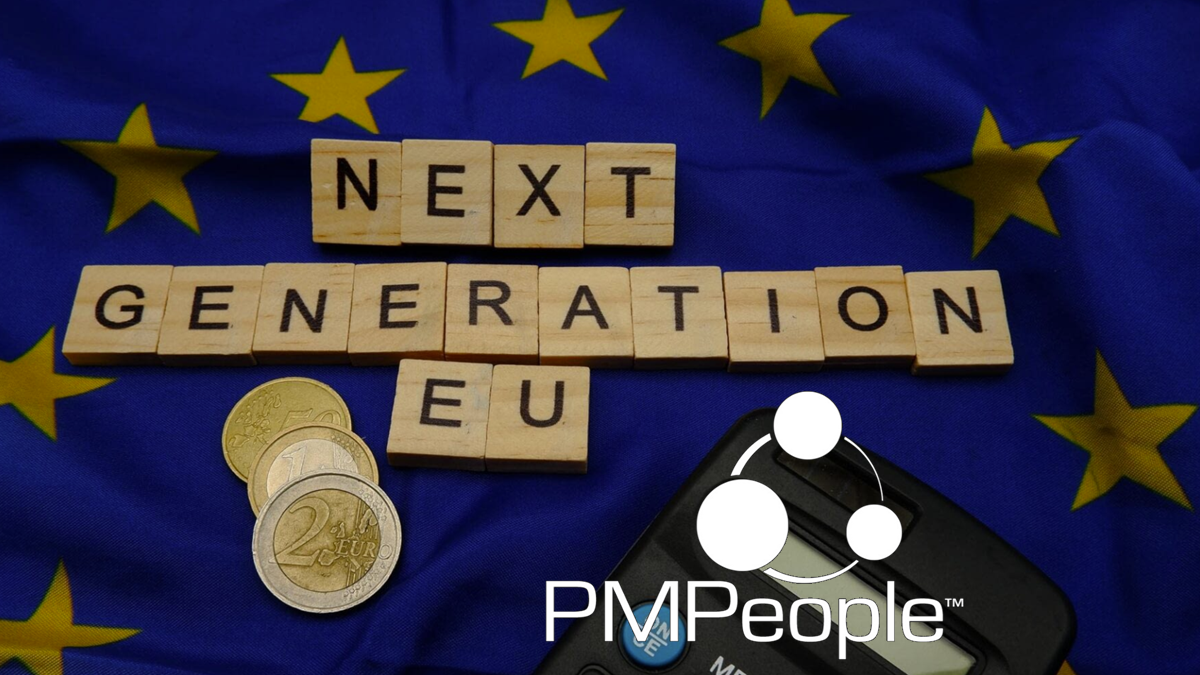Spain has been granted 140,000 million euros from the Recovery Plan for Europe Next Generation EU. Being this help absolutely necessary under the current economic crisis, we should not afford wasting it, as we will do if there are not enough proposals, if grant approvals are late, or if projects are poorly managed and do not meet their final goals. A recent report warned about this risk, given the Spanish track record on effective execution for the available European funds.
“How will Spain do now, with a funding budget four times bigger?”
It is expected that the different administrations –state, autonomic, local– will implement mechanisms to optimize projects governance. It is also expected that the current agencies –Enisa, CDTI, Red.es, etc.– will commit much more resources.
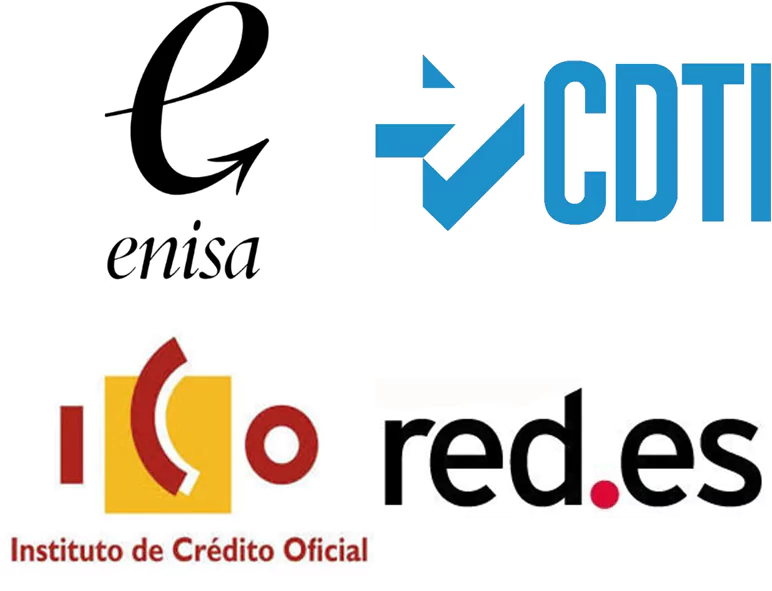
Besides, new agencies –public, private, mixed– are to be created.
All these supervising agencies will start improving coordination to make approvals more agile. Later on, they will face the big issue with certifications.
“When a highway is done, for instance, this is easy to check. It is quite more complex, though, checking 5,000 solar panels are installed on individual houses”.
Out of the 140,000 million euros already granted, 54,000 million must be committed to execute before 2024. Assuming an average grant per project of 500,000 euros, could we estimate we need to start managing over 100,000 projects during the next 3 years?
In order to manage this huge complexity, we need to implement two complementary strategies:
- Appoint more project managers to make project management done in a professional way.
- Invest more on technology to implement project, program and portfolio management systems.
The first strategy will enhance the role of the professional project manager, but it will also require changes in organizations to accelerate digital transformation, to use methodologies sanctioned by the EU, and to collaborate in projects from different roles.
On the other hand, the investment on project management technology will increase the use of PPM tools, such as PMPeople. The current state of technology is good enough to meet most of the nonfunctional requirements, such as scalability –thousands users, thousands projects–, security –secure access to documents, recovery backups, etc.–, usability –user experience, impaired people, web+mobile apps, etc.–, integration with other tools, etc.
However, the big challenge to PPM tools is on functional requirements for each group of stakeholders, precisely those requirements related to avoid bureaucracy –documentation, processes, decision communications, email, etc. – and to provide real time project performance monitoring.
Let’s see how PMPeople tool can solve many of these functional requirements:
PMPeople stands for “people collaborating on project management”. Organizations in the Project Economy can easily go digital with PMPeople. Get your projects professionally managed by people collaborating online using different roles.
PMPeople to help Agencies
Any agency can manage thousands of grants in an agile way, from approvals to closing:
- Different project lines can be grouped into portfolios or programs. Accountable people inside the agency use the role of portfolio/program manager to easily control the project list of each line, in their different stages, from proposals to closing. They can go into details of each project, but normally they use aggregated data in dashboards.
- Granting approvals can go mostly digital if candidates are given a private project code to access their project –created in the tool for this proposal– with the requester role. As long as the grant is not approved, the project/request is in “initiating” state. Entering the project, users can access file folders containing initial documents –legal bases, templates, etc.
- Candidates can upload documents in other folders, but they save much time by filling forms, collaborating, and sharing online much typical standardized data on project initiation, such as the project charter, the busines case summary, the project scope statement, etc.
- Reviewers involved in the decision process can enter via web or mobile with the stakeholder role to comment about defects or needs, without reading all final documents, although they are able to do so if they need it. They can also submit change requests, officially.
- Negative resolutions can be expressed by changing the project to “rejected/archived” state. Candidates can still access the project to read the documents explaining the motives.
- Positive resolutions change the project from “initiating” to “planning” state. The appointed project manager from the provider side can detail the achieved funding in the section “plan funding”.
- The project manager from the company can complete the plans for scope, schedule, costs, risks, assumptions, etc. Planning artefacts can be managed as versioned documents, but planning web forms are enough most of the time. We can dramatically improve project management productivity if we try to collaborate first, and then proceed with documents.
- When the project is ready to start using resources and expending money, then it is changed to “execution” state.
- During execution, the project manager produces periodic status reports. Agencies can control risks, and check progress just opening status reports. Using stakeholder role, reviewers can request changes or submit comments.
- Some status reports are specially relevant because they state that milestones are met releases are delivered, phases are closed, funding amounts are cashed, etc. If needed, the most relevant management facts can be published in blockchain, so that they can never be changed. Let’s say, for instance, that the status report for a given status date states that 5,000 solar panels are already installed. This information can be verified for any stakeholder accessing the project. If this status report is a public document in blockchain, then it can never be updated or deleted.
- The project closing report can be updated progressively, as the project goes. No big effort is needed at the end, no relevant management information, or lessons learned, are lost.
- Agencies can group projects into portfolios or programs, but also in different business units, managed by people using the functional manager role.
- Projects, programs, and portfolios governance usually requires a centralized team –internal or outsourced– using the PMO role.
- European Union reviewers can access with the stakeholder role. They can join proactively a project if they know the project private code, or they can be invited as well.
- Transparency can get the highest level, in line with open government initiatives, if private project codes are facilitated to citizens who express interest to follow a project as stakeholders.
PMPeople to help Perceiver Companies
The worst scenario for a company who gets a grant is when the money is spent but goals are not finally achieved. In that case, EU gets the money back, plus interests.
Projects can fail for many reasons, mostly due to poor management.
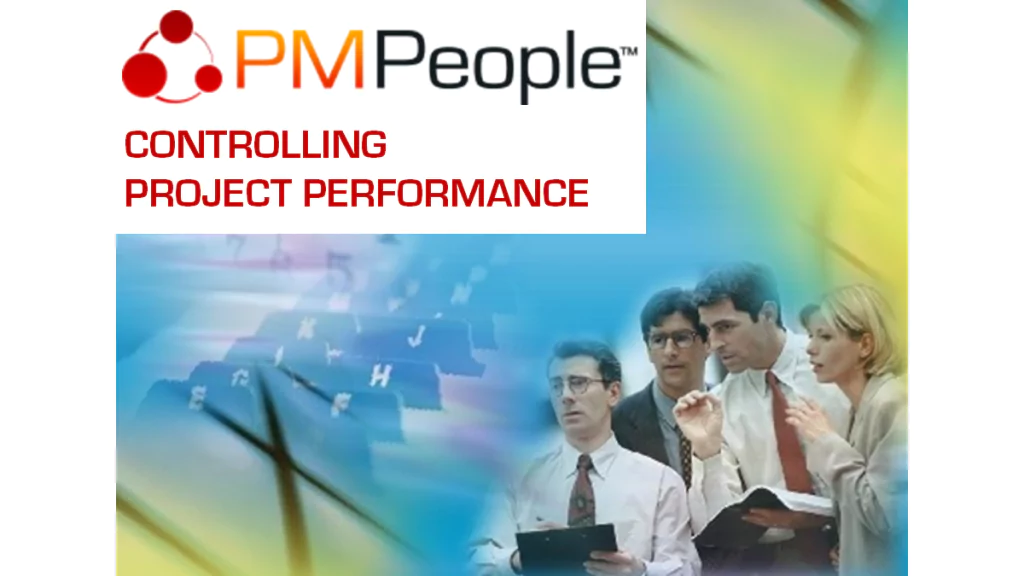
In order to control the project performance properly, a professional project manager is needed to plan it, produce periodic status reports, close formally each project phase, etc. Project stakeholders should collaborate effectively with the project manager so that informed timely decisions are made to take corrective actions on reliable data accessible on real time.
PMPeople to help Joint Ventures
Another big complexity source will be the inter-project relationships when several companies should join to execute a project. PMPeople can separate management on different projects, belonging to one or many organizations, through the functionality of procurement management.
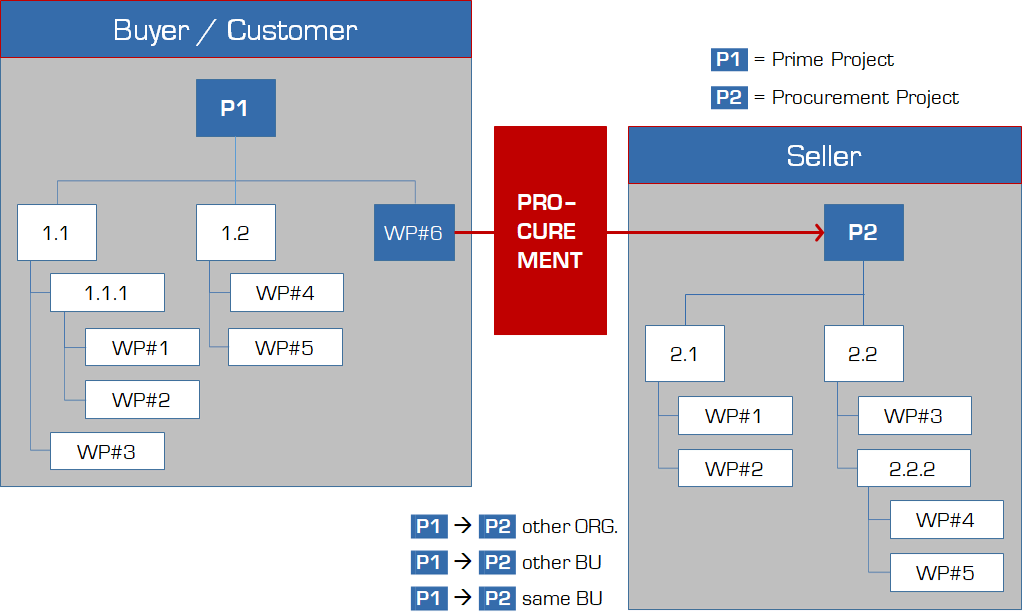
PMPeople is the tool for the project economy. It is aimed to unify professional project management by these differential points:
- Designed by and for professional project managers, following professional project management standards.
- Online productivity –less meetings, less documents, less workflows– through distributed collaboration among 12 specialized roles: Organization Owner, 6 roles on demand management and 5 roles on supply management.
- Freemium product –unlimited time, unlimited users, only managers have to pay– usable via web and mobile application.
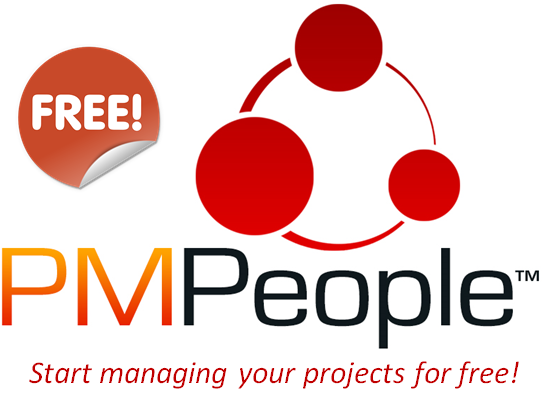
Start using PMPeople for free, for unlimited time and for any number of users. In premium organizations, only managers have to pay. Several roles –stakeholders, team members, sponsors and resource managers– are always free. You can increase or decrease your premium seats according to the organization actual needs. Premium organizations have access to our interactive support through Slack. Our servers are located in EU. This software can also be hosted on customer premises.
Jose Barato
Related posts
Categories
- Business (16)
- Demand Management Roles (14)
- Frequently Asked Questions (7)
- Guide (26)
- People (23)
- Assignments (2)
- Feedback (2)
- Project Team (3)
- Tracking Time And Expenses (2)
- Process (9)
- Closing (2)
- Executing And Controlling (2)
- Planning (1)
- Project Management (67)
- Management Frameworks (18)
- Organization Owner (OO) (3)
- Project Economy (54)
- Tools (19)
- Supply Management Roles (5)
- Training (6)
- Uncategorized (1)



